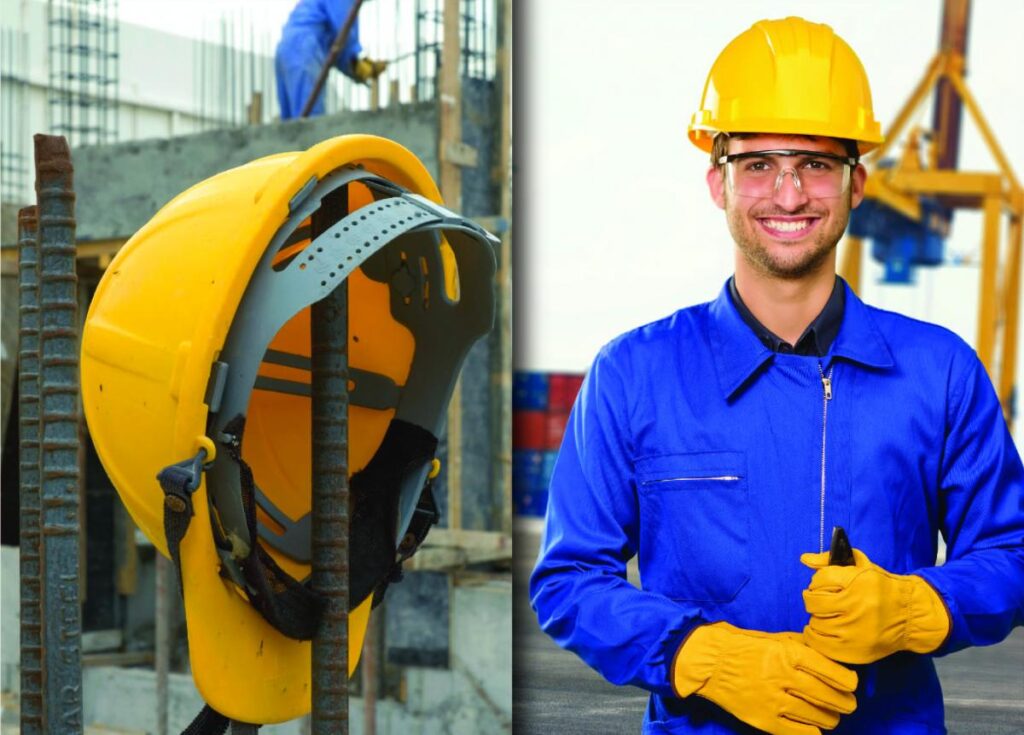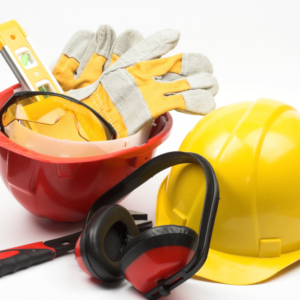Personal Protective Equipment (PPE) refers to any equipment or clothing designed to protect the wearer from potential hazards in the workplace. PPE includes a wide range of items such as gloves, helmets, goggles, masks, and protective clothing. The primary purpose of PPE is to reduce the risk of injury or illness in the workplace, but it can also provide additional benefits such as increased productivity and improved worker morale.

PPE is essential in many workplaces where workers are exposed to hazards such as chemicals, extreme temperatures, or infectious agents. Without adequate protection, workers can be exposed to serious health risks, including respiratory diseases, hearing loss, and burns. PPE can also prevent accidents such as slips, trips, and falls, which can be especially important in high-risk industries such as construction and mining.
Types of PPE
PPE can be categorized into several different types, each of which is designed to protect workers from specific hazards. Here are some examples:
- Eye and face protection: This type of PPE includes safety glasses, goggles, and face shields. They protect workers from flying debris, chemicals, and radiation.
- Respiratory protection: Respirators protect workers from inhaling harmful substances such as dust, fumes, and vapors. They range from simple filtering face masks to more complex devices such as powered air-purifying respirators.
- Head protection: Hard hats protect workers from head injuries caused by falling objects, impacts, or electrical hazards.
- Hand and arm protection: Gloves and arm sleeves are used to protect workers from cuts, punctures, and chemical exposure.
- Foot and leg protection: Safety boots and shoes protect workers from foot and leg injuries caused by falling objects, electrical hazards, or slips and falls.

Selecting and Using PPE
Selecting the appropriate PPE for a specific task requires careful consideration of the potential hazards involved. Employers should conduct a hazard assessment to determine the types of PPE required for each job and ensure that workers are trained on how to use the equipment properly.
When using PPE, it is essential to follow the manufacturer’s instructions and to inspect the equipment regularly for signs of wear or damage. Damaged PPE should be immediately replaced to ensure continued protection.
Workers should also be trained on how to clean and store their PPE to maintain its effectiveness properly. For example, respiratory protection should be stored in a clean, dry place and should be inspected before each use to ensure that the filters are clean and in good condition.
Personal Protective Equipment is an essential component of workplace safety. It is vital for employers to ensure that workers are provided with appropriate PPE and trained on how to use it correctly. By selecting and using the right PPE, employers can reduce the risk of workplace injuries and illnesses, and promote a safe and productive work environment.


